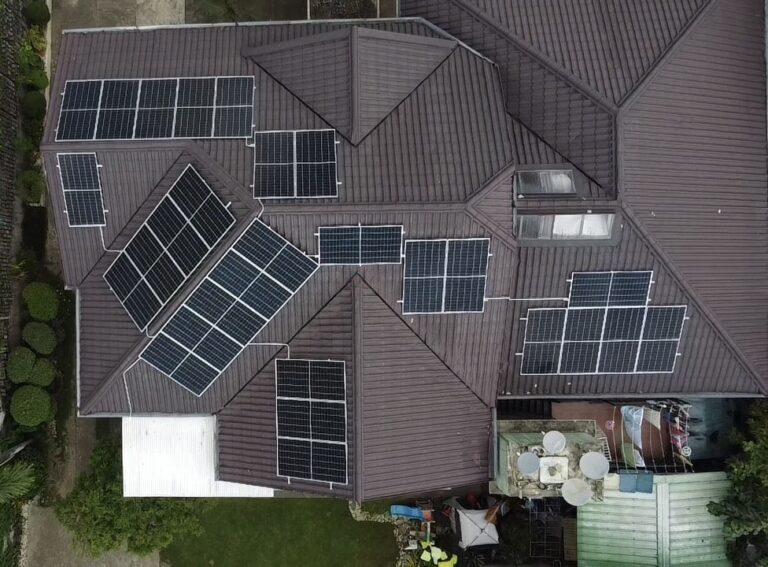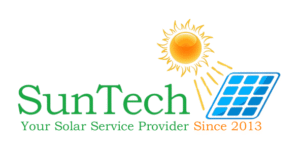
Solar Power 101: A Simple Guide for Filipino Homeowners (or the Solar-Curious!)?
Thinking about installing solar panels? Or just want to understand what the buzz is about? Whether you’re in Metro Manila, Cebu, or a quiet probinsya town, here’s a clear and simple guide to help you get started with solar power in the Philippines.
☀️ What Is Solar Power?
Solar power is energy from the sun, converted into electricity using solar panels. The Philippines gets lots of sunlight year-round, which makes it a great place for solar energy — especially with rising electricity costs.
🧩 What’s in a Home Solar System?
Here’s a basic breakdown:
- Solar Panels: Placed on your roof, they absorb sunlight and turn it into electricity (DC).
- Inverter: Converts that electricity into the kind your home appliances use (AC).
- Net Metering System (optional but recommended): Lets you send extra electricity back to the grid and earn credits from your local utility (like Meralco or VECO).
- Battery Backup (optional): Stores energy for nighttime or brownouts — useful in areas with unreliable power.
⚡ Why Go Solar in the Philippines?
- Save on Electricity Bills: Rates here are among the highest in Southeast Asia. Solar can cut your bill significantly.
- Less Power Interruptions: If paired with batteries, you’re less affected by brownouts or outages.
- Sustainability: Reduce your reliance on fossil fuels and help the environment.
- Government Incentives: Net metering is available, and some LGUs or agencies offer solar-friendly policies.
🏠 Is Your Home a Good Fit?
Ask yourself:
- Does your roof get 4–6 hours of direct sunlight? Especially from 10 a.m. to 3 p.m.
- Is your roof sturdy and not too shaded by trees or buildings?
- Do you own your home? (Solar installations are easier if you’re the property owner.)
- Are you staying long-term? Most systems pay off in 5–7 years.
💸 How Much Does It Cost?
In PHP terms:
- Small residential systems: Around ₱150,000–₱300,000 for a basic setup (1–3 kW).
- Bigger homes or businesses: ₱400,000 and up (5 kW+).
- Return on Investment: Most households see savings after 5–8 years.
- Financing Options: Some banks offer green loans or solar-specific financing (e.g., BPI, RCBC, Security Bank).
You can also explore leasing or installment packages from local solar companies.
🧠 Even If You Don’t Go Solar Yet…
You can still:
- Use appliances efficiently (aircon timers, inverter tech, LED lights).
- Track your monthly usage on your Meralco bill or use apps like Meralco’s Bright Ideas.
- Plan for the future — solar prices are going down, and climate concerns are rising.
Solar power in the Philippines isn’t just for big houses or eco-warriors. With plenty of sunlight and high power bills, it’s a smart long-term investment for many Filipino households.
Whether you’re in the city or the province, solar is becoming more practical and accessible — and learning the basics is the first step.
Want to learn more about solar power and how it can help you and community? We do free solar webinars for home owner associations and other organizations, you may reach out to us through Facebook or call us at 𝟬𝟵𝟭𝟳 𝟳𝟮𝟮 𝟳𝟬𝟬𝟰.
